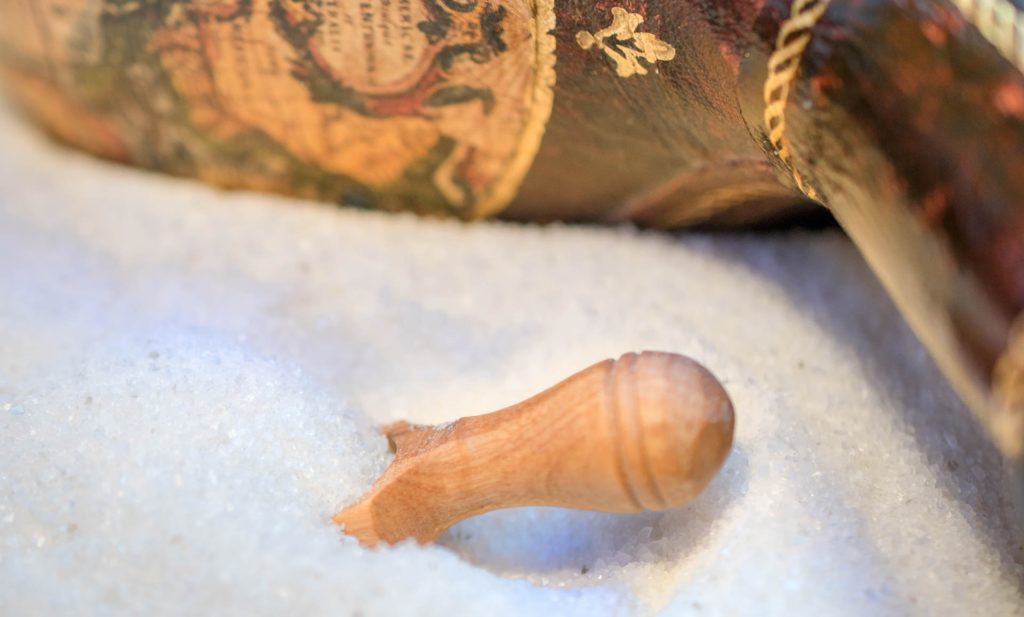Please pass the salt – just hold the processed food
While trekking through Europe in his twenties, my husband dutifully visited elderly Italian relatives and immediately sat down to a sumptuous garden-grown, home-cooked meal. His ‘nonno’ asked him to pass the salt. Concerned, my husband told him too much salt wasn’t good for him. His nonno’s response: “I’m 90 years old and I’ve been adding salt to my food all my life. You can’t tell me it’s not good for me.”
Is it bad to eat too much salt? What is too much? Is it that simple?
What is salt and why do we need it
Salt has always been treasured. Someone we admire is the “salt of the earth,” while a person not so well respected is “not worth their salt.” Salt can symbolise friendship and hospitality; in many countries salt and bread are offered as a traditional housewarming gift. Its usefulness for preserving food has been long revered. Salt has even influenced language. For instance, it derives from the word “salary,” originally meaning the salt allowance that Romans paid their soldiers (salarium).

Ultimately, people love the taste of salt. It also enhances the flavour of food. Perhaps that is because it suppresses bitterness – if you try adding salt to tonic water, containing bitter quinine, you’ll find that it tastes sweeter.
The salt we eat is a mineral made up of the electrolytes sodium (Na+) and chloride (Cl-). Because of its positive charge, sodium is a cation while chloride, negatively charged, is an anion. These positive and negative charges must be balanced in electrolyte solutions and in our bodies. If sodium leaves a body cell, potassium (Ka+) enters to keep the positive and negative charges balanced inside and outside cells.
This is important because electrolytes attract water. About two thirds of body fluids are inside cells (intracellular) and a third outside (extracellular). If too much water could enter cells, they would burst. If too much water could leave cells they would collapse. As with all physiological systems (including blood sugar, hormones, temperature, etc.), our body is fine-tuned to maintain balance, or homeostasis.
Cells use osmosis to move water across their membranes; i.e. molecules move from where they are more highly concentrated to the side with a lower concentration. Salt contributes to 90 per cent of this osmotic transfer. More intricately, cell membranes are selectively permeable filters that allow some molecules through while blocking others. Proteins help regulate fluid movement in and out of cells. One of these proteins is a sodium-potassium pump, which actively swaps sodium for potassium through the cell membrane.
On a broader scale, the intestines and kidneys regulate levels of various minerals – including salt – in the body to keep levels constant. Sodium is ingested from food through the intestines. It is lost from the body through sweat and faeces; the kidneys then precisely excrete any excess sodium to keep its levels fine-tuned. Every day, the body recycles eight litres of fluids and associated minerals to maintain electrolyte balance.
Sodium is the main cation in bodily fluid outside cells. Its functions include maintaining blood volume, water and acid-alkaline balance. Working together with potassium, with its electrical charge it helps to transmit nerve impulses, keep the heart beating and contract muscles. Its pivotal roles make it “essential for human survival” (Alderman 2002). So how did salt become the bad guy? READ MORE…
Published in Nutridate, Warringal Publications, July 2018.

